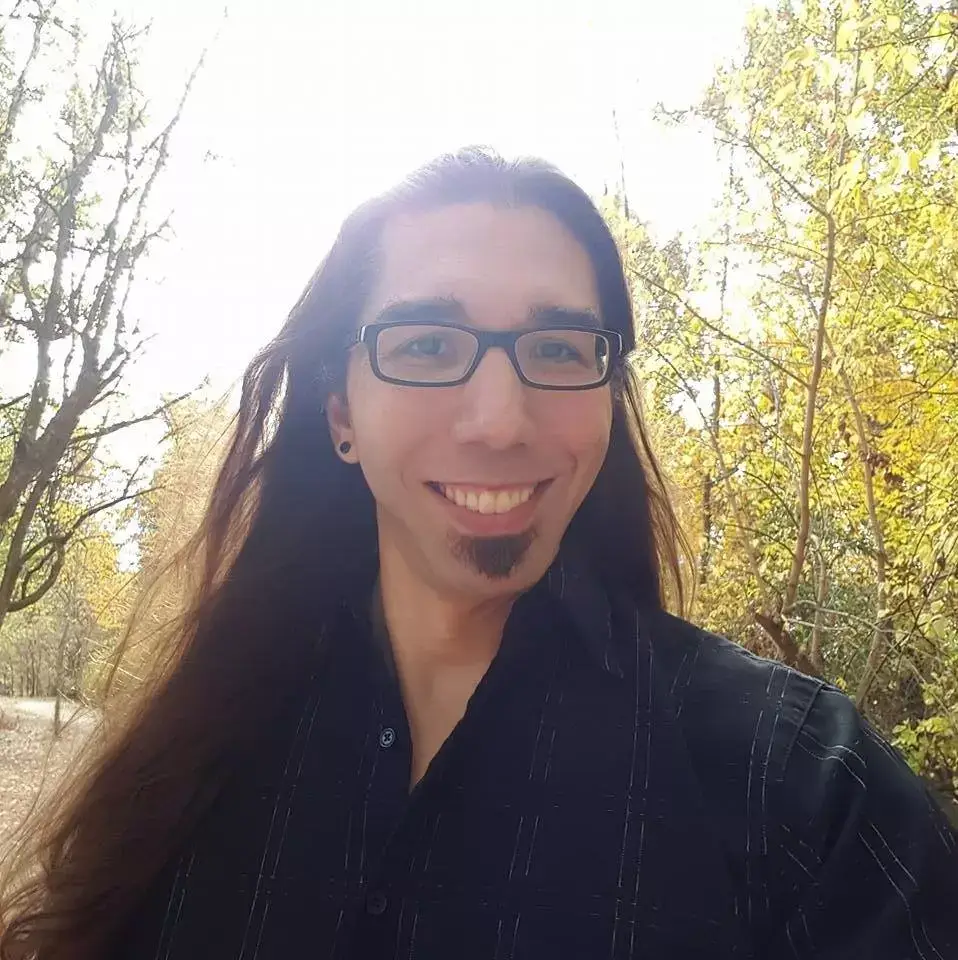A Little About My Approach to Divination

“Yes, the Tarot contains and expresses any doctrine to be found in our consciousness, and in this sense it has definiteness. It represents Nature in all the richness of its infinite possibilities, and there is in it as in Nature, not one but all potential meanings. And these meanings are fluent and ever-changing, so the Tarot cannot be specifically this or that, for it ever moves and yet is ever the same.”
- P. D. Ouspensky, “The Symbolism of the Tarot”
What is divination? A dictionary approach (in this case dictionary.com) might define it as:
- the practice of attempting to foretell future events or discover hidden knowledge by occult or supernatural means.
- augury; prophecy: The divination of the high priest was fulfilled.
- perception by intuition; instinctive foresight.
While each and all of these can be appropriate, I feel there is something both deeper and more human going on. I like to think of divination as the creation of a story from observed patterns in the world around us that relate an underlying order to the world, a story that offers meaning and provides insight for making decisions.
Humans are meaning-makers, pattern-finders, and story-tellers. Our hearts and souls are sustained through meaning as much as our bodies are sustained through breath, food, and water. Meaning gives us purpose, fulfillment, and connection--to each other and to something larger. Without it, aspects of ourselves will wither away despondent and disconnected, or may hide or leave altogether. With meaning, we shine with the spark of life; we come into our power as creators and co-creators of this world and worlds within worlds. Meaningful living is a large component of what we call living fully.
Humans are consummate pattern-finders as a matter of survival, enjoyment, and meaning. We find or create the patterns around us in order to sustain the health of our bodies and our communities. We need to recognize the elements of what we see, hear, smell, taste, touch, and sense as things that are helpful or harmful to our well-being. For example, we might observe a plant with jagged leaves we know are poisonous; we can follow that animal to water; this person is both valuable for gathering supplies and is dangerous. In the same way, we find or create patterns that give us meaning and sustain our souls--this color is beautiful, performing this dance gives me a feeling of connection, that image reminds me of a joyful moment in childhood. Patterns can suggest other, larger patterns, perhaps even a sense of an underlying order to the world.
Story is one of the most fundamental ways in which we share our meanings and patterns. From birth through death, we tell stories to one another to teach and to entertain. We live by and through our stories. All manner of media--books, television, blogs, theater, music, and nearly every other art form--are a potential vehicle for story. Story helps us to structure our meanings and patterns into a larger pattern that can be easier to remember.
Viewed through this lens, divination is a way in which we construct stories from patterns to make or “discover” meaning. Divination itself relies upon a more fundamental story that there is an underlying order (at least in part) to the world, and that order has the quality of being alive, though not necessarily (and often not) mortal. A divine being or group of beings, a web of interconnection and interdependence, spirits, a world soul, fates, a collective unconscious, or other such animating forces turn and direct the underlying order. Divination uses some tool to “read” patterns in the underlying order that may be connected to the patterns and stories relevant and meaningful to whomever is "reading".
Divination, then, is the creation of a story from the patterns that relate the order of the world that offer meaning to feed the soul of the one seeking meaning, and to provide direction for that soul to create new meaningful stories to live. The order is all around us, if we know how to read it--that is, the act of reading is itself creating a meaningful story. The reading of the patterns of birds in flight, in the sounds of the wind and sea, in the appearance of animals crossing our path, in the sights, sounds, tastes, and touches of the unseen order or its emissaries. Once we know this, we can use just about anything as a method of divination, anything that brings a sense of purpose and meaning that reflects or is compatible with our sense of an underlying order--bones, stones carved with sacred symbols, even a pack of game cards decorated with story elements. This is tarot.
With the story that there is a fundamental and living order to the world, we deal out cards, letting the order guide our hands and constructing a story from the already meaning-laden images. In this approach, anyone that has a notion of a fundamental order to the world which has meaning1--whether that order is a god, a personal or collective unconscious, or a living universe--can use tarot to derive further meaning. So whether one takes a psychological approach, a new-age approach, a Hermetic approach, a Platonic or Pythagorean approach (including contemporary science), a Christian approach, or nearly any other approach, tarot will still “work”. The only way in which tarot doesn’t appear to work is when a person adopts a fundamental story of randomness to all things, including the inability of humans to create meaning to feed themselves with purpose and fulfillment.
From my perspective, stories of that sort of randomness is at the heart of a great sickness in our culture, a sickness of the soul starved of meaning. My own work as a tarot reader and ambassador of dreams and the imaginal realm is a way to keep this illness at bay by not giving it a place to take root. And so I do what I can to offer to infuse, enhance, and deepen meaning in lives through tarot, to feed the soul with meaning, and celebrate the mystery of the unseen order to the worlds.
Notes
1 Science is much the same in that it attempts to “read” patterns of an underlying order, following the postulations of Pythagoras, the Pre-Socratics, Plato, Aristotle, and those other philosophers contemplating an underlying order (arche) to the world, particularly the “natural” world. The distinguishing difference between post-Enlightenment-era science and divination is the quality of the story describing the underlying order of the world. To more clearly isolate science from the confines of religious doctrine, the story was posited that whatever science studied would purposefully ignore any connection to a story of a living force behind the order it studied. That is, whether or not there was a divine being or beings, these would not enter into the study of “nature” as apart from divinity. While many pursuing science continued on in private attempting to reconcile a need for meaning derived from a living order, others abandoned it. In both cases, the “public” face and story of science became one of a fundamental order that was not alive.
This allows for deep objectification and analysis without regard for the life of a thing in itself at any scale. This has lead to the ability to observe and test repeatable patterns, and to justify the control of “non-living” matter by the “living” will of the scientist. Prior to the Enlightenment, and sustained by the Hermetic tradition through to contemporary times, scientific thinking can be seen to be fused with divination as the fundamental stories included some living force behind the order to the world. Even now, contemporary attempts at reconciling “science” and “spirituality” focus on finding some experimental justification for introducing a living force (such as “consciousness”) back into the discussion (think the focus on “quantum” insights like the double-slit experiment, non-locality, and entanglement). Jung, in an attempt to create psychology as a science while reconciling it with a living order, began to posit the personal and collective unconscious as a fundamental order.

